
01 Nov Walking The Old 7 Mile Bridge to Pigeon Key
Pigeon Key has long been a mystery in my mind. It’s a small island with an abundance of history located in the middle of the Old Seven Mile Bridge. For years I had driven by this island and missing bridge link and created stories about what it could possibly be. Each time we passed by, I would perch myself next to the window with my eyes glued to the island searching for clues.
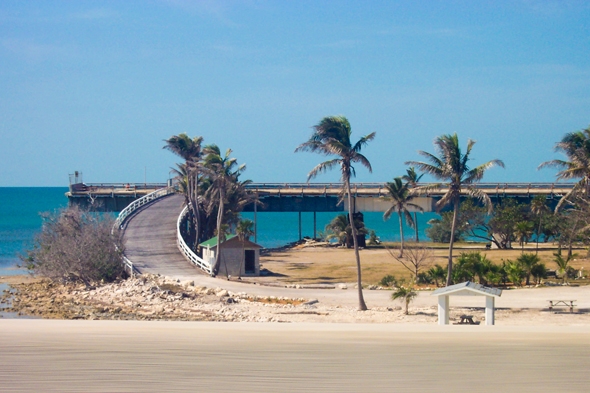

It wasn’t until recently that I learned there is a museum on the island. You can visit the island either by walking the 2+ miles on the old bridge or by taking a ferry boat. This was quite intriguing to me, so I decided we had to pay the island museum a visit. We wanted the best of both worlds, so we chose to take the boat to the island for the tour and then walk back on the bridge.
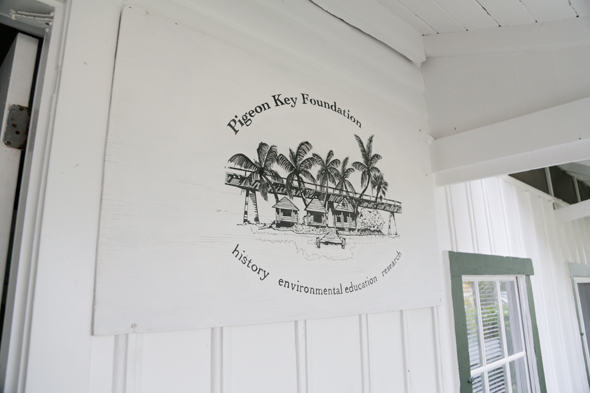
The ferry departs 3 times a day from the Pigeon Key Visitor center in Marathon. Tickets are available for purchase in the old train car/gift shop–the tickets cover both the ferry ride and the island/museum tour.
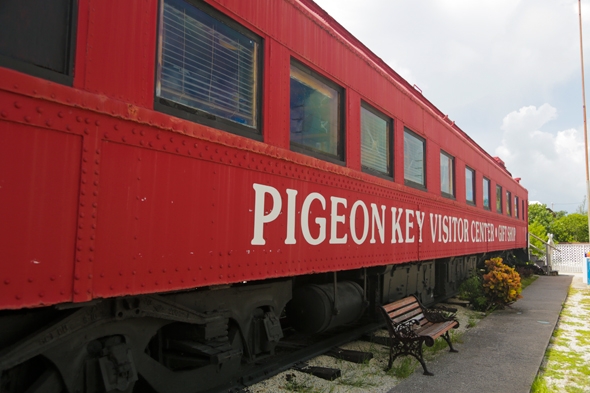
After boarding the boat, you will have about a 15 minute ride to the island. The boat soars under both the new and old bridges and it provides a unique vantage point for the history you will soon hear when you reach the island.
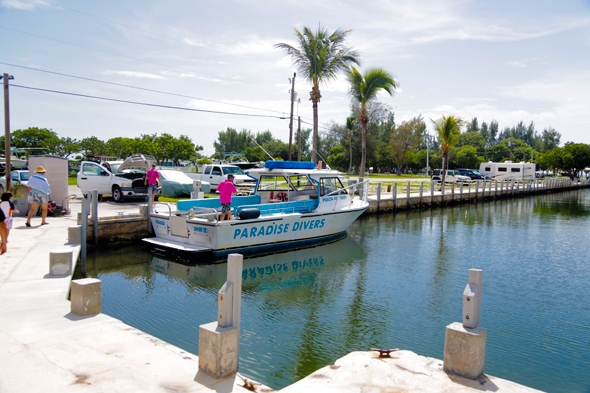

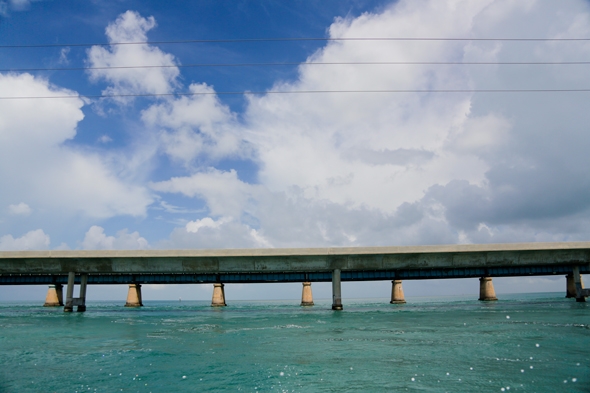
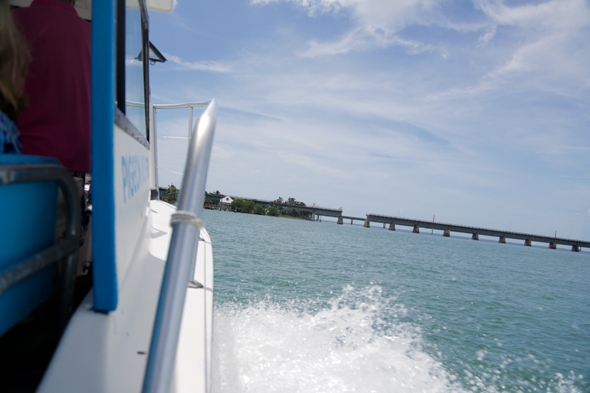

Once the boat docks, the tour will begin. One thing that everyone wants to know is how the island and the bridge came to be. To fully understand the history of this unique spot, you need to go back to the early 1900’s before a road connecting the Florida Keys was developed.

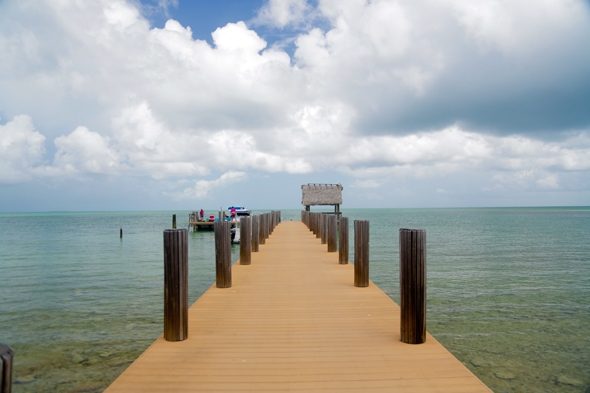
Henry Flagler was the mastermind behind this project–he came up with the idea to build a railroad that connected the islands all the way down to Key West as an extension to his East Coast Railway project. Building this railroad was a huge undertaking and quite an engineering feat; throughout the course of its construction, it employed over 4,000 men. During the building of the railroad, Pigeon Key was a desolate island that was used as a work base and camp for the railroad construction workers. Here there were cabins which housed up to 400 employees at a time, and men from all over the world came to assist in building the bridge based on a promise of steady pay and a ticket to Florida–which at the time was a pretty great promise. Today, a register can be found in the museum with the names and home countries of the individuals who built the bridge. Construction of the bridge spanned mfrom 1908 to 1912.

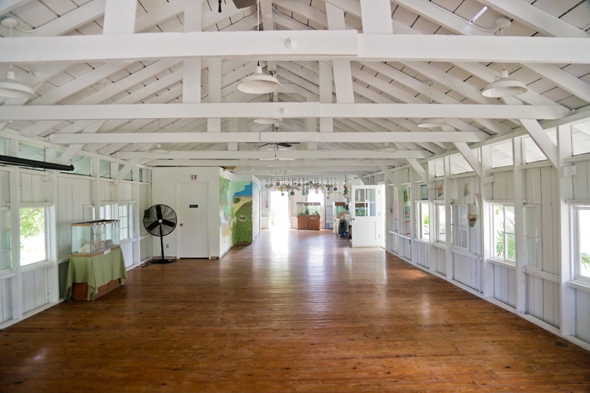
After construction was complete, the island became home to a maintenance crew, and the railroad stayed open for 23 years; it was the only way to get through the keys besides boating to them. In 1935, after a major CAT 5 hurricane destroyed much of the railroad and many of the islands, the train service was ceased and never reopened. The government saw the destruction of the railroad as an opportunity to turn it into a highway–the main structure of concrete pillars was already in place, so they just had to reconstruct it from a track to a highway, which happened in 1938. Parts of the tracks were used in supporting the highway and can be seen by looking up from underneath the bridge.
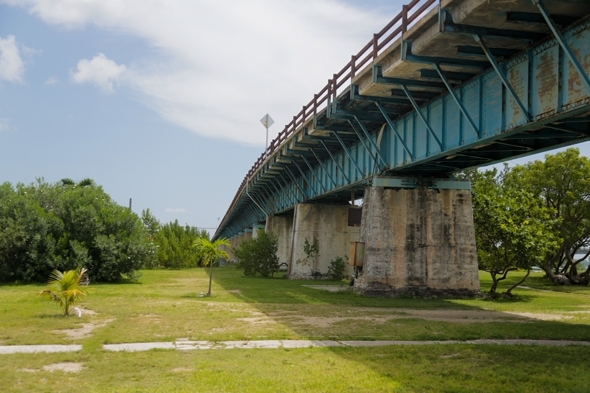
When the highway was finally complete, it was quite a treacherous drive for those heading to the keys–especially when crossing the 7 mile bridge as it was barely wide enough to fit both north and southbound traffic at once. To give drivers a peace of mind when crossing the long bridge, a rest stop was created at Pigeon Key. A ramp led down to what was touted as the most beautiful rest stop in the United States. Drivers could stop to stretch, grab a snack and relax before continuing on their way to Key West.

The island became abandoned when the the new seven mile bridge was constructed in 1982. With the new bridge built next to the old one, there was now no convenient way to reach the island anymore. It wasn’t until the Pigeon Key Foundation restored the historic buildings, that this island had a purpose once again.

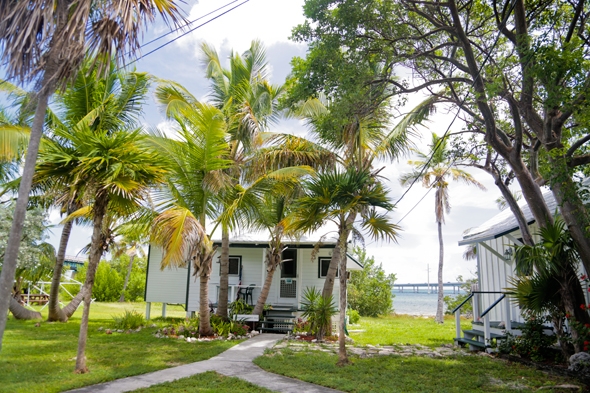
There is a large hole in the bridge right next to the island, and I’ve always wondered how that came to be. Apparently, it used to be a swing open bridge that allowed boats to pass through, but obviously it is not there anymore because the road is no longer in use–this is why you now see a gigantic hole! When walking the Old 7 Mile Bridge, your steps will be following a historic road with stunning views in all directions. You are only able to walk about 2.2 miles of the bridge, as the remaining part is closed off and not maintained.


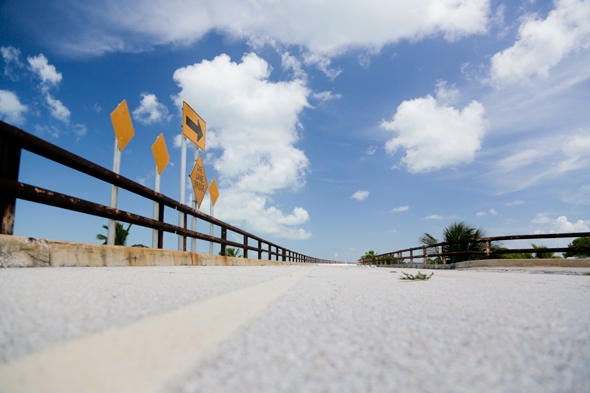


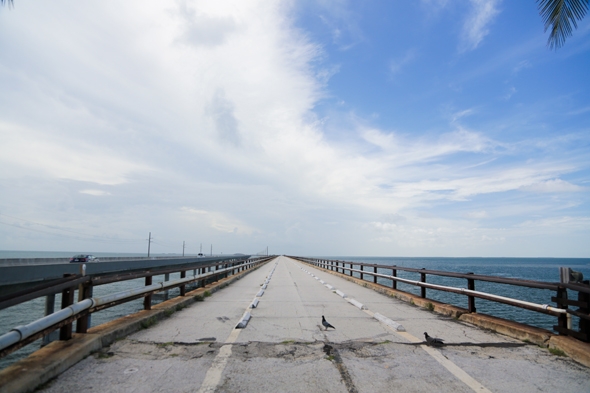

We learned all this information and more on our tour of the island. Today, on the island, there is a museum in one of the old homes that details the interesting history of the island. During the summer, the island operates a summer camp for children to learn about marine science.
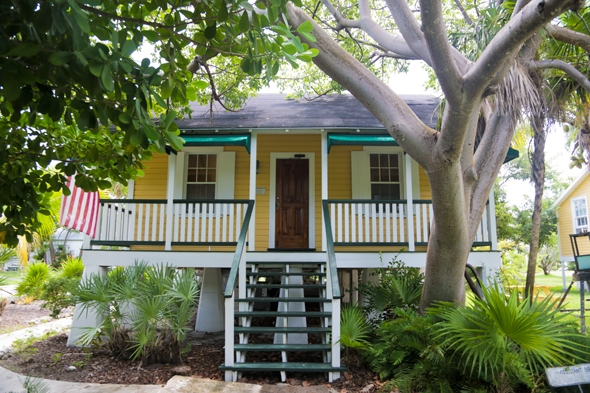

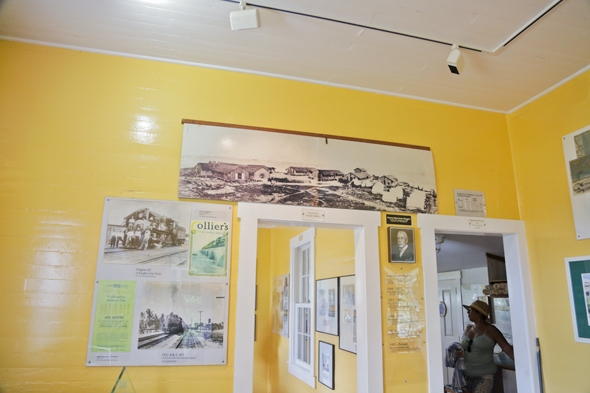
You will also find cottages, a snack bar, and places to snorkel, swim and relax in the sun. If you would like, you can stay on the island as long as you would like to play in the sun and sand, but if you don’t want to walk back, make sure to catch one of the few ferries to return to Marathon.
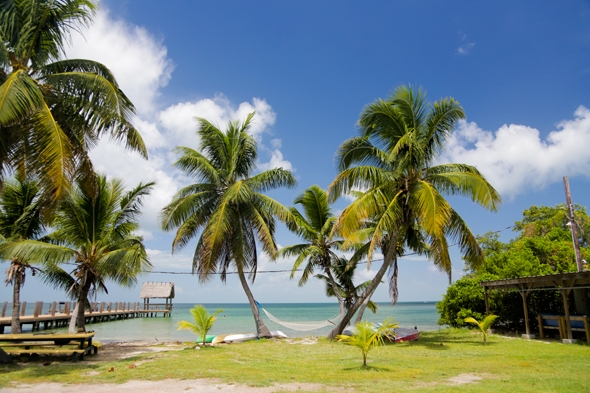
If you do decide to walk the bridge like we did, be aware that there is no shade, so it can get very hot, unless you are fortunate enough to hike on a day with a nice ocean breeze!

